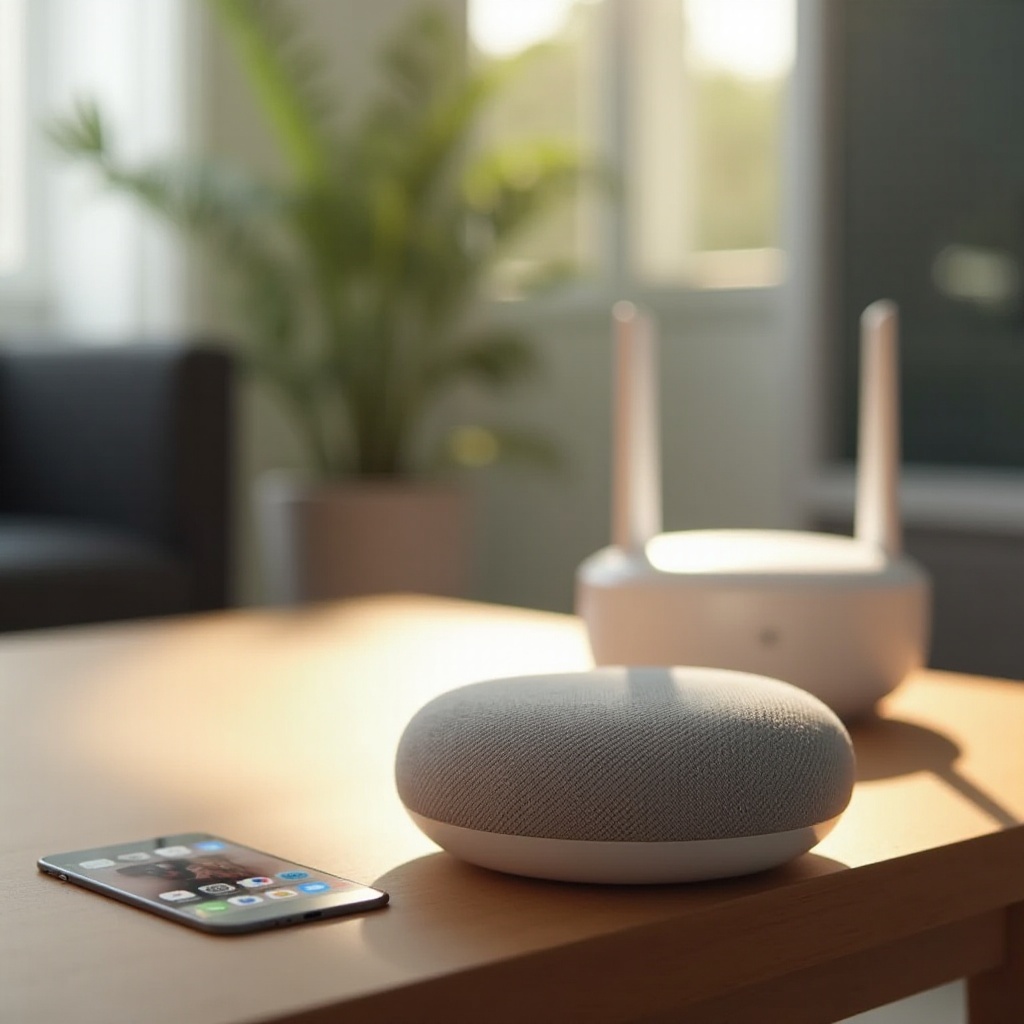Introduction
Cell phones have become ubiquitous in modern life, but their role in education is a subject of ongoing debate. The National Education Association (NEA) recently conducted a survey to understand the influence of cell phones in educational settings. This blog explores the insights from that survey, highlighting key findings, benefits, challenges, and recommendations for integrating cell phones in classrooms effectively.

Overview of the NEA Survey
The NEA’s survey provides a comprehensive examination of cell phone usage in schools across the United States. By gathering data from teachers, students, and administrative staff, the survey offers a well-rounded perspective on how cell phones are impacting education. The survey’s methodology involved both quantitative and qualitative approaches to ensure a balanced and credible set of insights.
The primary objective was to identify how cell phones are being used, understand the benefits and drawbacks, and formulate recommendations for schools to maximize positive outcomes while mitigating challenges.
Key Findings on Cell Phone Use in Schools
The NEA survey revealed several significant findings:
- Prevalence of Use: Approximately 85% of students bring cell phones to school daily.
- Educational Applications: Around 60% of teachers report using cell phones for educational purposes such as research, educational apps, and classroom polls.
- Distraction Concerns: Over 70% of teachers noted that cell phones can be a significant distraction in the classroom.
- Policy Variation: There is a wide disparity in cell phone policies across schools, with some allowing unrestricted use and others enforcing strict bans.
- Student Opinions: Many students believe cell phones can enhance their learning experience if used appropriately.
These findings demonstrate that while cell phones are deeply embedded in the educational environment, their impact can vary widely depending on how they are managed.
Benefits of Cell Phones in Educational Settings
Integrating cell phones in education can offer numerous benefits:
- Access to Information: Students have immediate access to a vast array of information and resources.
- Engagement: Interactive apps and educational games can make learning more engaging.
- Communication: Cell phones facilitate better communication between students and teachers, especially for collaborative projects.
- Accessibility: Educational tools and resources are more accessible to students with disabilities through adaptive technology available on smartphones.
While these benefits are promising, it is essential to consider the methods and planning required to integrate cell phones effectively.

Challenges Posed by Cell Phone Usage
While the benefits are substantial, the NEA survey also pointed out several challenges:
- Distractions: Cell phones can divert students’ attention away from lessons, impacting academic performance.
- Cyberbullying: Increased cell phone use can lead to higher instances of cyberbullying.
- Equity Issues: Not all students have access to modern smartphones, leading to a digital divide.
- Policy Enforcement: Schools struggle to enforce cell phone policies uniformly, leading to inconsistencies and confusion.
Addressing these challenges requires thoughtful planning and consistent policy enforcement. With a balanced approach, it is possible to mitigate these issues effectively while still reaping the benefits of cell phone usage.
Best Practices for Integrating Cell Phones in Classrooms
To harness the positive aspects of cell phones while mitigating potential drawbacks, schools can adopt several best practices:
- Clear Policies: Develop and communicate clear cell phone policies that outline acceptable use.
- Teacher Training: Provide training for teachers on how to integrate cell phones into their teaching effectively.
- Monitoring Software: Use monitoring software to track and manage cell phone usage in the classroom.
- Engagement Strategies: Implement engagement strategies that incorporate cell phones to enhance participation rather than distract.
These practices can help create a balanced approach to cell phone usage in educational settings, promoting a positive and productive learning environment.
Policy Recommendations Based on NEA Survey Data
Based on the survey data, the NEA recommends the following policy initiatives:
- Create Uniform Policies: Establish consistent cell phone usage policies across all schools within a district.
- Focus on Digital Literacy: Educate students on the responsible use of technology and digital citizenship.
- Enhance Support Systems: Provide resources and support for teachers to integrate cell phones effectively.
- Address Equity Issues: Ensure all students have access to necessary technology to prevent a digital divide.
These recommendations aim to create a harmonious learning environment where cell phones are used to their full potential, enhancing educational experiences for all students.
Future Trends in Educational Technology
Looking ahead, the role of cell phones in education is likely to evolve with advancements in technology. Augmented reality (AR), artificial intelligence (AI), and personalized learning apps may become more integrated, offering innovative ways to enhance educational experiences. As these technologies develop, the key will be to balance innovation with learning needs and institutional policies.

Conclusion
The NEA survey on cell phone usage in schools provides valuable insights into how these devices impact education. While cell phones offer significant benefits, they also pose challenges that require careful management. By adopting best practices and well-informed policies, schools can maximize the positive potential of cell phones in education.
Frequently Asked Questions
What are the main benefits of using cell phones in education according to the NEA survey?
The NEA survey highlights several benefits, including improved access to information, increased student engagement, better communication, and enhanced accessibility for students with disabilities.
What challenges did the NEA survey identify regarding cell phone use in schools?
The survey identifies key challenges such as distractions, increased potential for cyberbullying, equity issues among students, and difficulties in policy enforcement.
How can schools develop effective cell phone policies based on the NEA survey findings?
Schools can develop effective policies by creating clear rules, providing teacher training, employing monitoring software, and developing engagement strategies that incorporate cell phones in a constructive manner.


